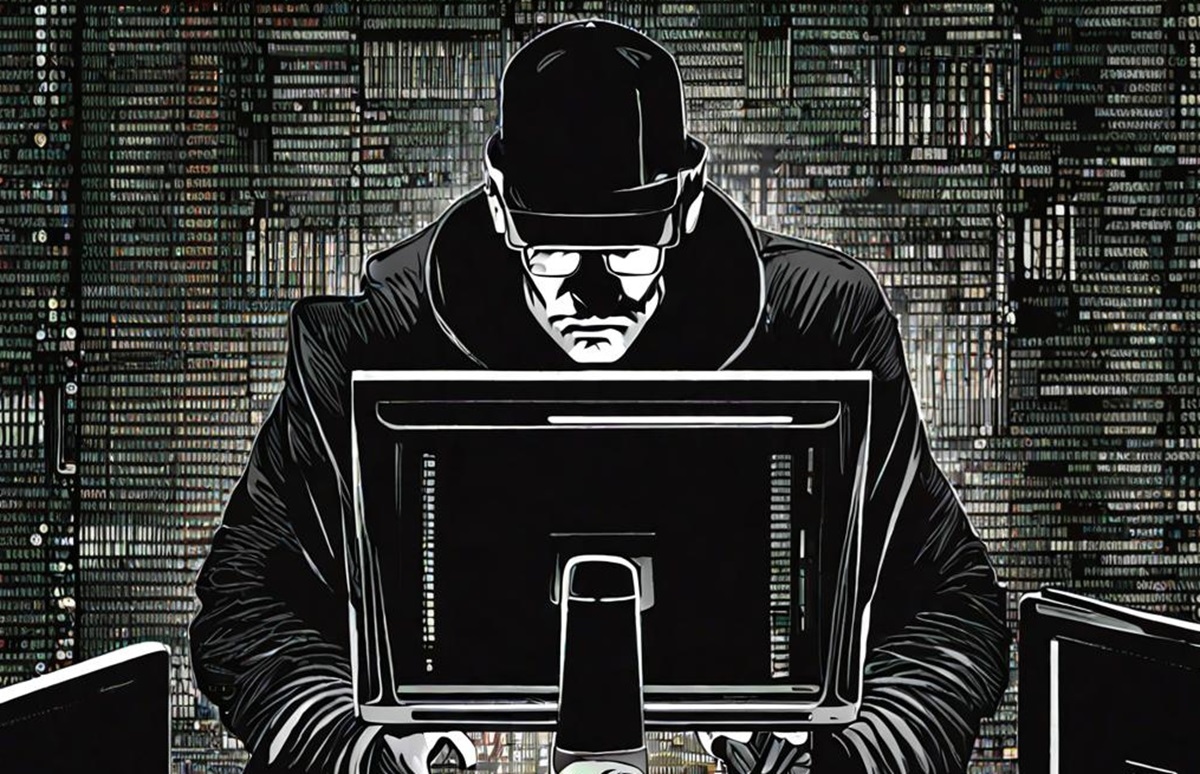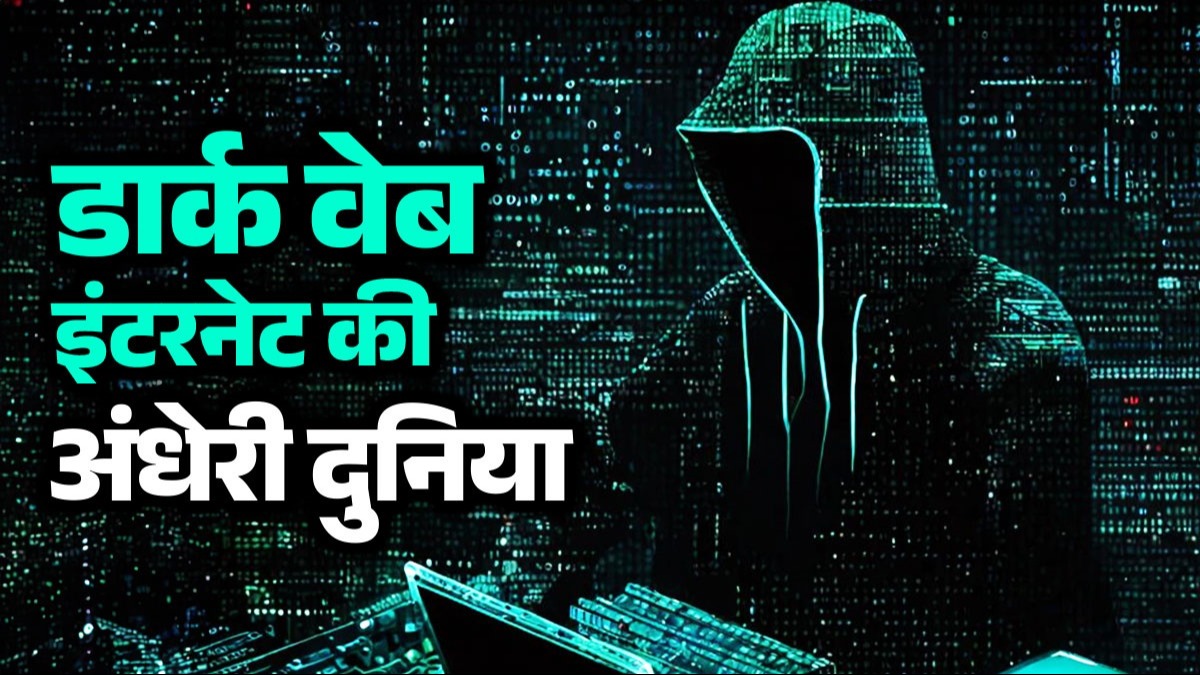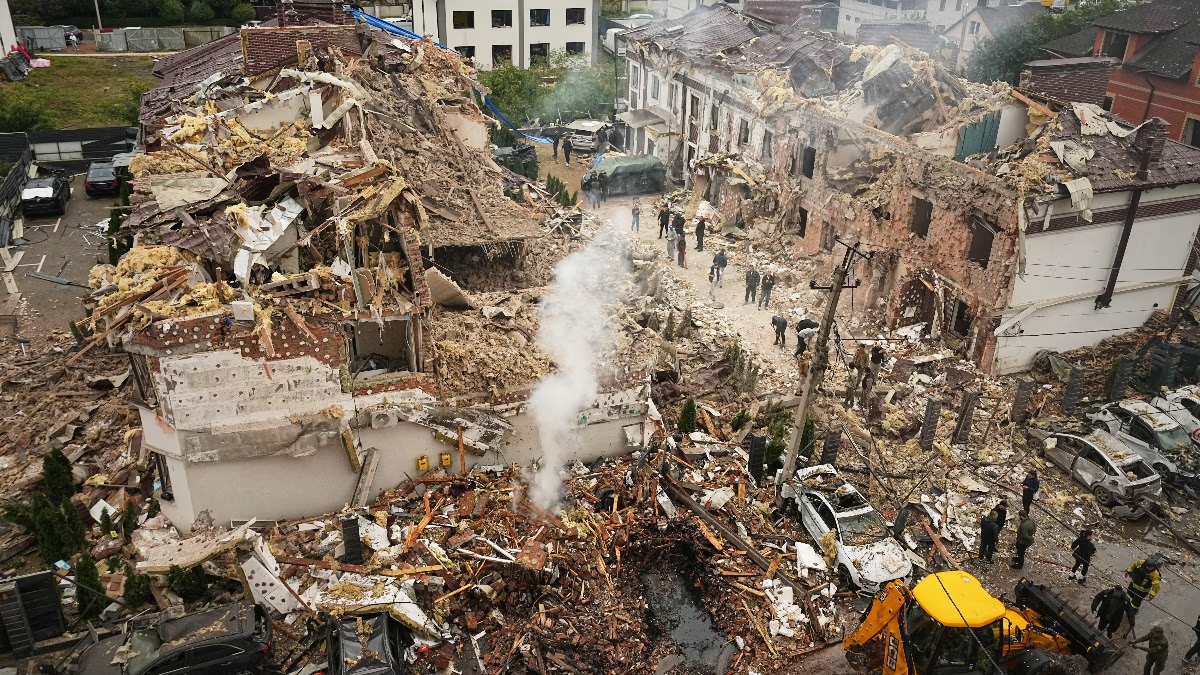Wednesday saw chaos unfold across 150 Delhi-NCR schools when bomb threat emails sparked widespread panic. Investigations suggested a Russian origin of these emails, pointing to a murky path on the internet.
Authorities suspect the involvement of servers located abroad and possible dark web usage to send the emails, making it challenging to pinpoint the perpetrator.
Despite previous threats made to schools, the senders often remain untraceable. Delve into the enigma of the dark web, where digital footprints vanish.
The
dark web
is not a separate entity but a part of the internet that's harder to access. It is the internet's underbelly, bustling with both legal and illegal activities, hidden from standard search engines and requiring special browsers for access.

Source: aajtak
Imagine the internet split into three realms. We usually interact with only about 4% of it, known as the surface or clear web. The remaining 96% is submerged beneath, in the realms of deep web and dark web.
Picture it like an ocean: Surface web is the visible top layer with popular search engines and indexable content. Then there's the
Deep Web
(Deep Web), akin to the depth below where diving takes place, housing content unidentifiable by search engines or browsers.

Source: aajtak
The dark web, on the other hand, is the internet's underworld, a marketplace for user data, and a hotbed for leaked information trades. Special browsers like TOR (The Onion Router) are needed to navigate this elusive part of the web.
This is where mostly unindexed web pages and content reside and is considered perilously clandestine. Navigating these waters may leave you vulnerable to hackers, as tracking anyone here is notoriously difficult—hence its appeal to cybercriminals.
Technologies like VPNs and proxy networks are employed to mask
IP address
es, with the former creating a fake IP to ensure location anonymity. An IP address unique to your device acts like an identity card, essential for tracking online activities.

Source: aajtak
Now, Delhi police and cyber teams face the daunting task of cracking through the dark web and proxy networks to identify the individuals or organizations that have instilled terror in these 150 schools, causing alarm among parents and security agencies alike.




